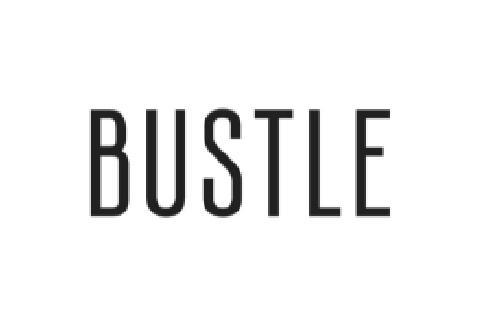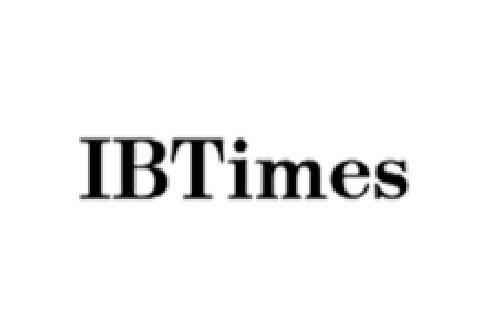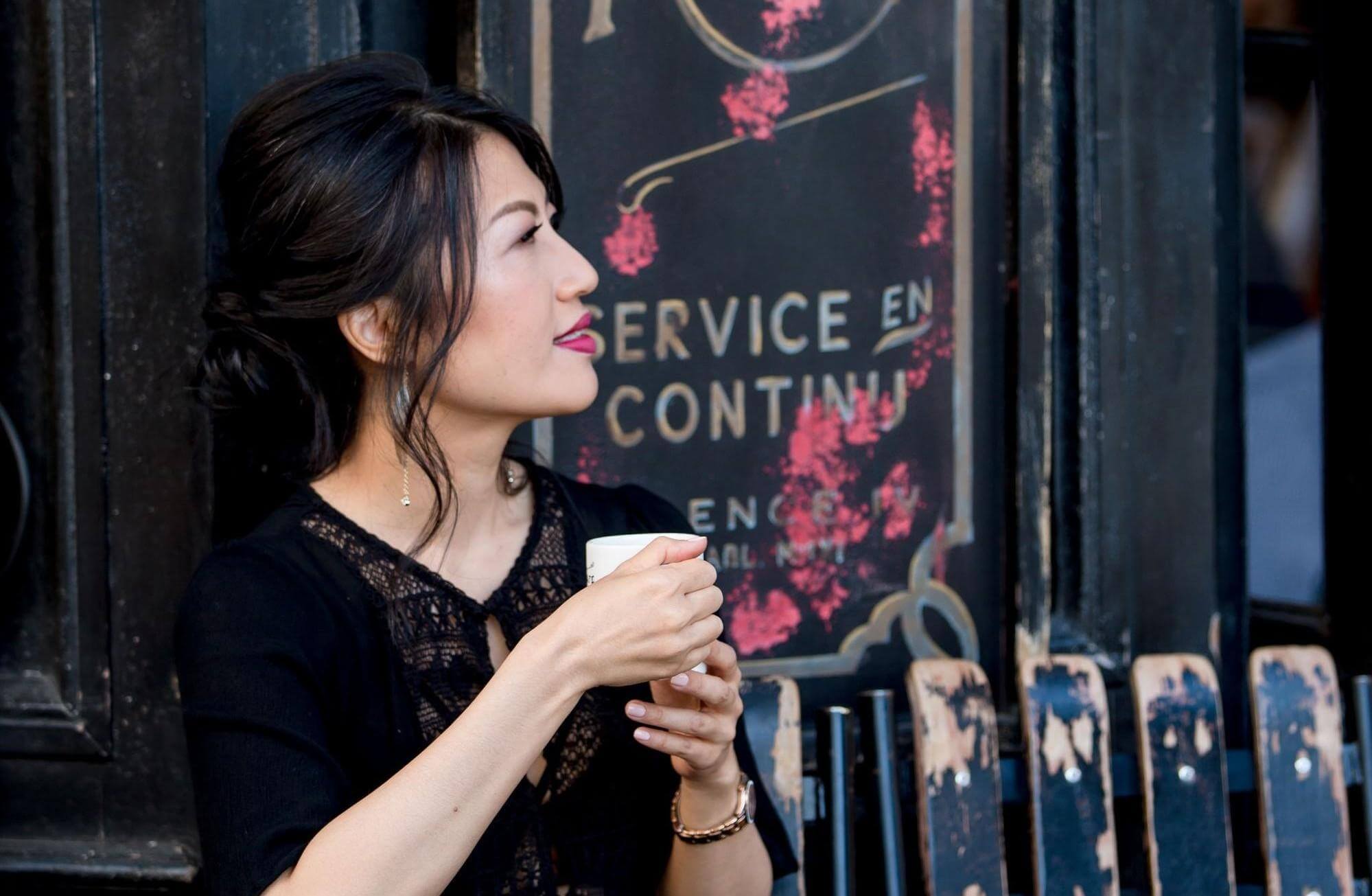Anxiety comes in all colors and shades. Of all various emotional states, it is anxiety that is associated with most semantic imprecision. Depending on its intensity, it can be described as “disquiet”, “nervousness”, “tenseness”, “apprehension”, “uneasiness” or even “distress”.
But the range of illustrative terms is much wider. This rather diffuse nature of the experience induces many coaching Clients to use a variety of adjectives and past participles that pinpoint just one, necessarily partial facet of their general discomfort.
Some say that they feel “agitated”, “afflicted”, “alienated”, “antsy” ,“apprehensive” or “concerned.” Others are “dejected”, “despondent”, “disturbed”, “disheartened”, “disoriented”, “distressed”, “fearful”, or “jittery.” Still, others are “jumpy”, “peeved”, “pressured”, “rattled”, “scared”, “shaky”, “skittish”, “startled”, or (very often) “stuck.”
It is not uncommon to hear that they are “tense”, “trapped”, “troubled”, “uneasy”, “unsettled”, “upset”, “worried”, “bummed out”, “freaked out”, “stressed out”, “shook up”, “wound up”, “out of sorts”, or “feeling off”. There is seemingly no end to the list of terms employed to depict, unsatisfactorily, this blurry, nagging sensation.
How to counter anxiety?
In order to properly counter the various states of anxiety, it may be necessary to seek access through all the four Aspects of Being. It is particularly useful to engage the Physical and Spiritual Aspects.
To adopt the right approach, it is first vital to understand which of the three emotional coping strategies (fight/flight/freeze) has been triggered in reaction to the anxious states.
Is the person engaging with obsessive planning, in the futile hope to reach “closure”? Is s/he avoiding the issue, or is this near-constant, explicit worrying the main feature of the response to the discomfort?
Excessive planning (a “fight” response to anxiety) may call for techniques labeled “slow mono-tasking”. This is practiced by devoting oneself to one activity at a time and by doing it slowly. Even seemingly tedious, everyday routines can be performed in a slowed-down, conscious way.
What type of activities lends themselves to slow mono-tasking? It ranges from slow walks, sundown viewing, and appreciation of art objects to something we have long automated, like the humdrum process of making morning coffee. A strong focus on each activity in the present time helps regain a more peaceful state of mind. With practice, this peace of mind will reveal a new aesthetic quality to many tasks, which, in turn, will make the intensified attention more pleasurable. It is ideal to engage as many senses as possible, and not rely exclusively on our vision.
Cognitive avoidance (a “flight” response to anxiety) can be countered by adopting a different posture. Hunching, crouching, and slouching express meekness, resignation, and escape. On the other hand, by lifting ourselves up, we send the message to our brain (and to our surroundings, from which we immediately capture feedback) that we are in control.
In other words, we reverse the message that our nervous system sends throughout our body. When we feel “down”, our slack, curved body posture reflects the signals from the brain. By consciously adopting a straight, upright position, we reverse the flow of information and send the message to our brain that we are alert and ready.
You can start these exercises by first hunching over and then slowly lengthening your spine, extending the neck, and standing upright. All the sensations of resignation or inner torment will be reduced.
Persistent worry (a “freeze” response to anxiety) can be tackled with Dolphin breath, a diaphragmatic breathing technique. It functions by slowing down and stabilizing the heartbeat. Inhalation lasts for 5 or 6 counts and exhalation mirrors this rhythm, with no holding pattern in between. Breathing-in is done through the nostrils and breathing out through the nose or the mouth. It enhances concentration and helps reduce this type of anxiety.
The Worry Tree
In addition, Persistent Worry can be alleviated by appealing to the Cognitive Aspect of Being. One such exercise consists in charting a worry tree. Here’s a simplified structure of a worry tree. The “tree” is an algorithm. You can start by asking yourself the following question:
“Is there something I can do about it?”
If the answer is “no”, let it go
If the answer is “yes”, ask the second question
“Can I do something about it now?”
If “yes”, do it now.
If it’s a “no”, then ask “When can I?”
“Even If” strategy”
This is an extension of a Worry Tree. This proceeding consists in replacing the “What If” scenarios with “Even If” clauses. It has an appeal of realism whenever a node in the tree has an associated probability of occurrence above zero.
For example, Instead of thinking, “What if I lost my job?” (As if that’s the end of the world), we change it to “Even if I lose my job, I can _______ (E.g. find another one).”
By applying such “Even-If” clauses to the nodes in the Worry Tree, it is possible to visualize solutions, actions, and resources in case an unfavorable event happens. The technique combats the brain’s curious passivity bias that represents untoward events as external states of facts.
The “Even-If” clauses recognize the inherent adaptability and resilience of human beings, a species that inhabits all latitudes of the planet, from the tropics to the Arctic. People have survived homelessness, brutality, concentration camps, wars, and natural disasters. They still do and they will continue to do so.
The “Even-If ” scenario re-incorporates the Self with a role to play – with inventiveness, contacts, resources, and all the tools typically employed in real life. Even if the person’s spouse dies in an accident, she loses her job and her financial problems become serious, she will be able to act. This is human nature, whatever the circumstances.

Spirituality and anxiety
These simple techniques open the door to dealing with Generalized Anxiety. For sustainable gains, however, more work needs to be done. It calls for the engagement of the Spiritual Aspect of Being.
Let us take the example of Obsessive Planning, the “fight” strategy to cope with overwhelming anxiety. Obsessive Planning can be analyzed as a deficiency in self-trust.
When people don’t trust themselves, they will seek 2nd opinions or 3rd opinions, or 20th opinions, but are unable to calm the waters sufficiently to make decisions and proceed to action. By contrast, when they know that they can rely on themselves, they can develop self-confidence at the level of Doing and face life’s inevitable uncertainties.
The problem is that uncertainty will forever remain an inevitable feature of our life. But it can be assuaged by a classic virtue of integrity.
The importance of integrity
Integrity means doing the right thing, being true to one’s words and to actions, and also in what we promise to ourselves. It is the opposite of fragmentation, dispersion, and dividedness. It asks: “How can I Be True to my Word?” It is the antonym of hypocrisy.
Aristotle counted integrity among the twelve so-called “intellectual virtues.” The English term evolved from the Latin adjective integer, meaning “whole” or “complete”.
A person with integrity would, by extension, be someone “undivided”. It is the same person in public and in private. A person of his/her word, a reliable person. It is the opposite of fragmentation, dispersion, and dividedness (all of which are considered negatives in the Christian tradition).
We are “in integrity” when our words match our actions. Honesty is a key element of integrity. Truth-telling underlies the fabric of a community, a society, and the global human order in general. By overriding the truth, we lose the ability to recognize what actually is true.
Lying, empty promises, small cheats generate, instead, multiple realities. White lies, free rides, and an uncovered check that bounces back – illustrate that dishonesty is hardly a question of a degree. It is a slippery slope towards untruth in all aspects of life. When words sway away from facts, relationships become littered with broken commitments.
The more lies we tell, the more versions of reality we create and must live with. This is a heavy burden, and it can be very energy-draining because of the huge load it imposes on episodic memory and the risk that it clashes with implicit memories.
Integrity requires avoidance of arbitrary exceptions for a particular person or for an in-group. Those who apply conflicting values – for example reacting outraged when the opposite team fouls but glossing over equally crass transgressions of the home favorites- should either account for the discrepancy or examine their beliefs.
Practicing integrity helps deal with anxiety because it concerns promises made to oneself (“Tomorrow I’ll go to the gym” or “I’ll pay off that credit card next month”) and self-justifications (“I didn’t go to the gym, but it was too cold to go out”). Unfulfilled promises to oneself split the Self between the liar and the one who is lied to. And this split personality is often experienced as heightened anxiety (GAD).
If people do this repeatedly, they lose control over their own behavior and life becomes chaotic. Self-delusions solidify dangerous bifurcation between words and facts.
The practice of keeping promises is an act of self-discipline. It is important to honor the internal murmur that tells us that it is not “OK” to allow ourselves for even the smallest of transgressions. Should a transgression occur, it is vital to restore the course.
When we realize the inherent source of our Self-esteem, as derived from our core Being rather than from other people’s fleeting perceptions of us (or, worse, what we imagine their perceptions are), we can develop Self-confidence at the level of Doing.
Integrity is doing the right thing. It is the opposite of fragmentation, dispersion, and dividedness. Our core becomes the well from which we source infinite strength that helps us face life’s inevitable uncertainties. This bears the ineffectiveness of obsessive battles for certainty, so typical of the fight response to anxiety.

Universal Trust
There are many other spiritual methods of alleviating the emotional pain of anxiety. In some cases, prayer may bring the focus necessary to assuage Cognitive Avoidance or Persistent Worry. One of the most famous examples is Reinhold Niebuhr’s serenity prayer.
“God, grant me the Serenity to accept the things I cannot change,
Courage to change the things I can, And
Wisdom to know the difference.”
When dealing with Generalized Anxiety Disorder, it is crucial to keep in mind the concept of Universal Trust. Universal Trust is a result of constant contact with the present moment. It is an active decision, a conscious resolution to trust that “All is well”, that “I will always be OK”, and that “Things will work out”.
By focusing on the good of this moment and on what will be remembered in, say, 20 years from now, the feelings of restlessness, anxiety, and fear will ease.
Conversely, if one decides to view the universe as inherently hostile, the experience of anxiety becomes inevitable. Focusing on what cannot be obtained at this time can never bring any peace or joy, and such thoughts will only undermine the strength to act. The uncertainty that pervades this world is simply too overwhelming.
If you need help from a life coach to reduce general anxiety, contact us to learn more.




























